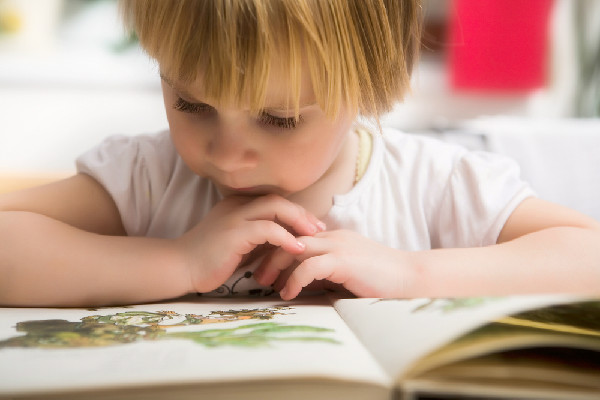Animals That Talk Don't Teach Kids About Nature

From "Charlotte's Web" to the "Curious Geroge," some of the most cherished children's books feature animals acting like people. They talk. They have friends. They ride bikes. They go on dates.
Perhaps unsurprisingly, human-centric portrayals of animals sometimes fail to teach children about the realities of the natural world, even in books peppered with factual information, a new study found.
A group of psychology researchers tested the effects of anthropomorphized animals on 70 children in the Boston area ages 3 to 5, who were mostly white and from middle class families. The preschoolers were randomly assigned to read a picture book specifically designed for the study featuring one of three obscure animals: cavies, oxpeckers and handfish. [7 Ways Animals Are Like Humans]
Two books were created for each animal. While both contained the same factual information, one version was realistic and the other was padded with human-like dialogue and actions. For example, the realistic version of the book about cavies featured the following opening lines: "When the mother cavy wakes up, she usually eats lots of grass and other plants. Then the mother cavy feeds her baby cavies."
In contrast, the anthropomorphized version of the tale started out like this: "'Yum, these grass and plants are delicious!' Mother cavy thinks as she eats her breakfast. 'I will feed some to my baby cavies too!' she says."
After the kids read the book twice with a researcher, they were asked a series a questions about the animals, such as "Do cavies eat grass?" and "Do cavies talk?"
Compared with the preschoolers who read the factual books, the kids who read the anthropomorphized version were more likely to assign human behaviors and emotions to the animals; they also answered fewer of the factual questions correctly.
Get the world’s most fascinating discoveries delivered straight to your inbox.
"We were surprised to find that even the older children in our study were sensitive to the anthropocentric portrayals of animals in the books and attributed more human characteristics to animals after being exposed to fantastical books than after being exposed to realistic books," study author Patricia Ganea, an assistant professor at the University of Toronto, said in a statement.
In fact, the tendency to assign human characteristics was stronger in 5-year-olds, Ganea and her co-authors reported in the journal Frontiers in Psychology this week. Previous studies have suggested that anthropomorphism arises in kids between 3 and 5 years of age. It's "possible that the younger children may not have yet developed the same level of sensitivity to typical cultural input (language in particular) about biological phenomena as the 5-year-olds," the researchers wrote.
Follow Megan Gannon on Twitter and Google+. Follow us @livescience, Facebook & Google+. Original article on Live Science.



